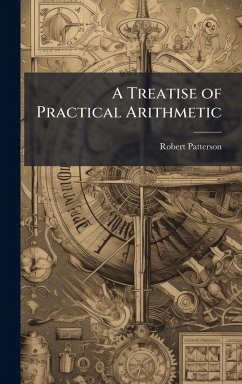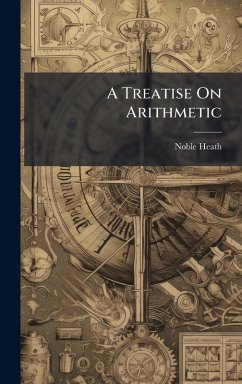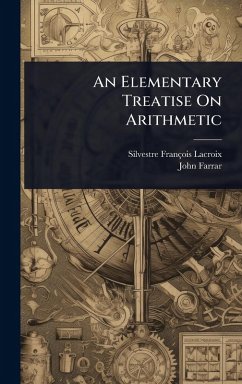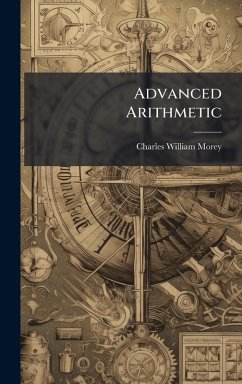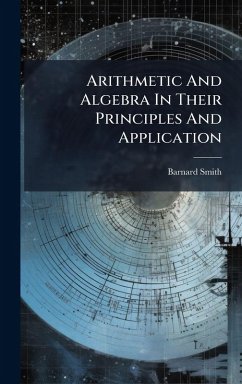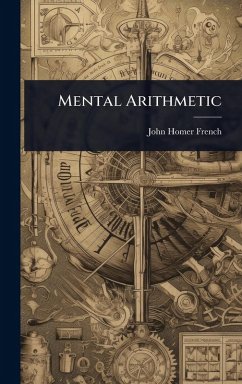
A Practical Treatise On Arithmetic
Versandkostenfrei!
Versandfertig in über 4 Wochen
34,99 €
inkl. MwSt.
Weitere Ausgaben:

PAYBACK Punkte
17 °P sammeln!
"A Practical Treatise On Arithmetic" by George Leonard, originally published in 1839, offers a comprehensive system for understanding arithmetic principles. This treatise distinguishes itself by explaining each concept in a simple and accessible manner, making it ideal for students and educators alike. Beyond basic calculations, the book includes a detailed description of bookkeeping practices, providing practical applications for the arithmetic principles discussed. This combination of theoretical knowledge and practical skills makes it a valuable resource for anyone seeking a solid foundatio...
"A Practical Treatise On Arithmetic" by George Leonard, originally published in 1839, offers a comprehensive system for understanding arithmetic principles. This treatise distinguishes itself by explaining each concept in a simple and accessible manner, making it ideal for students and educators alike. Beyond basic calculations, the book includes a detailed description of bookkeeping practices, providing practical applications for the arithmetic principles discussed. This combination of theoretical knowledge and practical skills makes it a valuable resource for anyone seeking a solid foundation in mathematics and financial record-keeping. Its historical context also provides insight into 19th-century educational methods. This work has been selected by scholars as being culturally important, and is part of the knowledge base of civilization as we know it. This work was reproduced from the original artifact, and remains as true to the original work as possible. Therefore, you will see the original copyright references, library stamps (as most of these works have been housed in our most important libraries around the world), and other notations in the work. This work is in the public domain in the United States of America, and possibly other nations. Within the United States, you may freely copy and distribute this work, as no entity (individual or corporate) has a copyright on the body of the work. As a reproduction of a historical artifact, this work may contain missing or blurred pages, poor pictures, errant marks, etc. Scholars believe, and we concur, that this work is important enough to be preserved, reproduced, and made generally available to the public. We appreciate your support of the preservation process, and thank you for being an important part of keeping this knowledge alive and relevant.



